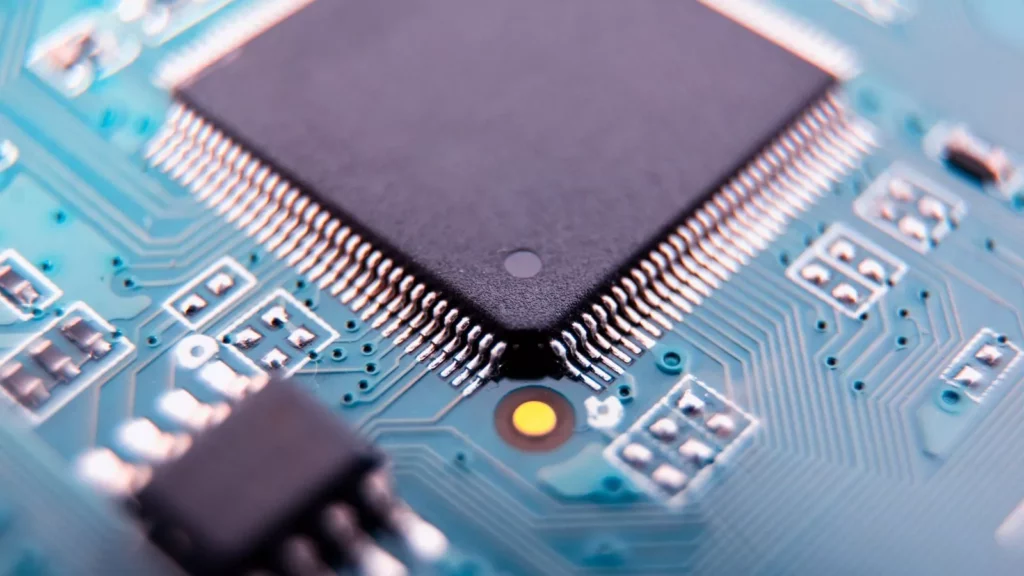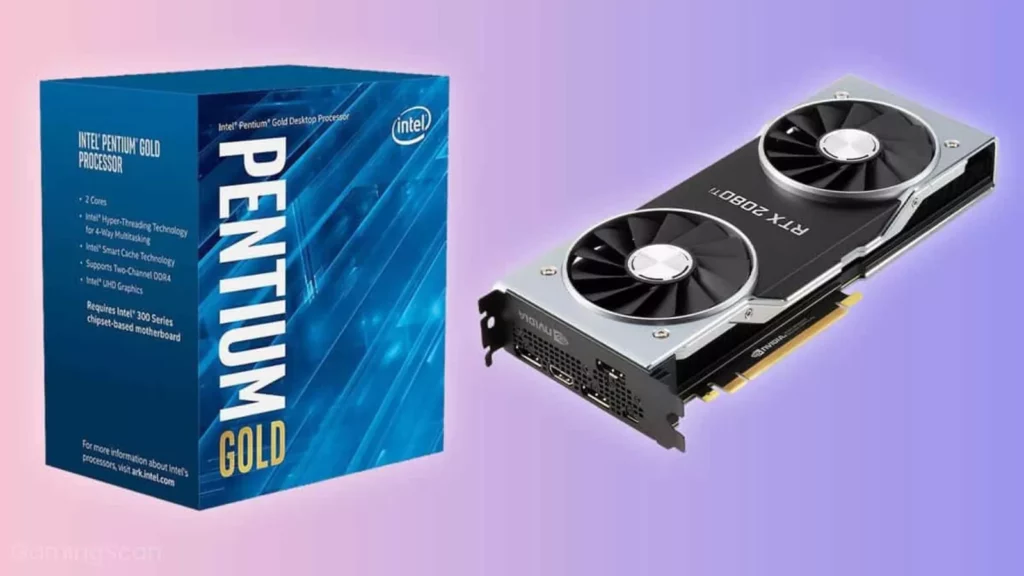Computers are becoming more and more common in the world. They are used in many different industries such as medicine, education, engineering, advertising, and more.
A computer is an electronic device that can be programmed to perform a series of arithmetic or logical operations automatically, rapidly, and with great accuracy. This article will explore how actually computers work.
Table of Contents
- What are the Basic Parts of a Computer?
- What Is CPU And GPU And How Do They Work
- What is an Operating System and How Does it Work?
- Why Does the Hard Drive Have an Excess of Memory?
- Why Does Computer Memory (RAM and Hard Drive) Work Like That?
- Conclusion:
What are the Basic Parts of a Computer?

A computer is a complex machine that contains many different parts. It has to be built from scratch to function properly. The basic parts of a computer are the: Motherboard Processor Hard Drive RAM
Motherboard
A motherboard is the main printed circuit board that’s placed inside a computer. It sits on the bottom of a case. The chips are mounted directly to the board and are connected with a large number of cables to the rest of the components, like a central nervous system for these parts.
Processor
The processor is an electronic device that performs computations. It is mostly. found in computers, but is also used in many other electronic devices.
Hard Drive
The hard drive is one of the most important parts of any computer system. It is the device that reads and writes data to and from the computer’s magnetic disk platters, allowing large amounts of data to be stored on a permanent basis. A hard drive contains a magnetic disk that rotates at high speed and stores data, solid-state memory chips to maintain data, and a motor to move the read/write heads of the magnetic disk.
RAM
RAM is an abbreviation for Random Access Memory, which stores bits of information on semiconductor memory chips called DRAM or SRAM. chips. The term is also used to refer to a type of so-called computer memory that can be accessed at random, that is, it does not have to be sequentially read or written. In contrast, other types of memories have to be sequentially read or written.
These are the most important components of a computer, but they aren’t the only ones. There is also an operating system and software that helps run these components in a smooth manner.
What Is CPU And GPU And How Do They Work

The CPU is the brain of a computer. It is responsible for running the operating system and all other programs on the computer. The GPU, on the other hand, is responsible for displaying graphics on your screen. There are many different types of CPUs and GPUs that you can choose from depending on what type of work you want to do with your computer.
- A CPU is primarily responsible for running software, while a GPU handles 3D graphics rendering.
- A CPU can also be used to compute data in general, but it’s not as efficient at it as a GPU would be.
- A GPU can also handle general computing tasks, but it’s not as efficient at it as a CPU would be.
What is an Operating System and How Does it Work?
An operating system is the software that is in charge of the user interface and other functions of a computer. It manages the hardware resources and provides an interface to the user.
An operating system can be thought of as a set of programs that manages all aspects of a computer’s hardware, software, and data storage. It typically includes features such as memory management, file management, process management, networking support, graphics support, and security features.
Different operating systems are designed for different types of computer hardware. For example, the original version of Microsoft Windows was designed primarily for personal computers, and the Linux kernel is used in conjunction with a large number of device drivers and other programs to run on computers ranging from supercomputers to smartphones.
The most popular operating systems today are:
- Microsoft Windows
- macOS
- Linux
Why Does the Hard Drive Have an Excess of Memory?
The main reason why hard drives have so much memory is that they can read and write data without any issues. This allows them to store more information than other storage devices like SSDs or USB flash drives.
The hard drive memory size is a function of the size of the platters and the number of bits it can represent. It also depends on how many bits are used in each sector.
Why Does Computer Memory (RAM and Hard Drive) Work Like That?
Computer memory works like that because there are two types of memory: volatile and non-volatile. Volatile memory loses its data when power has been removed from the device, while non-volatile memory retains its data even after power has been removed from the device or the device has been shut off.
The RAM is a volatile memory and Hard Drives are non-volatile.
Conclusion:
In this article, I have discussed how a computer works. I have explained the basic parts of a computer and how they work. I have also discussed how CPUs and GPUs work differently and how important they are.





